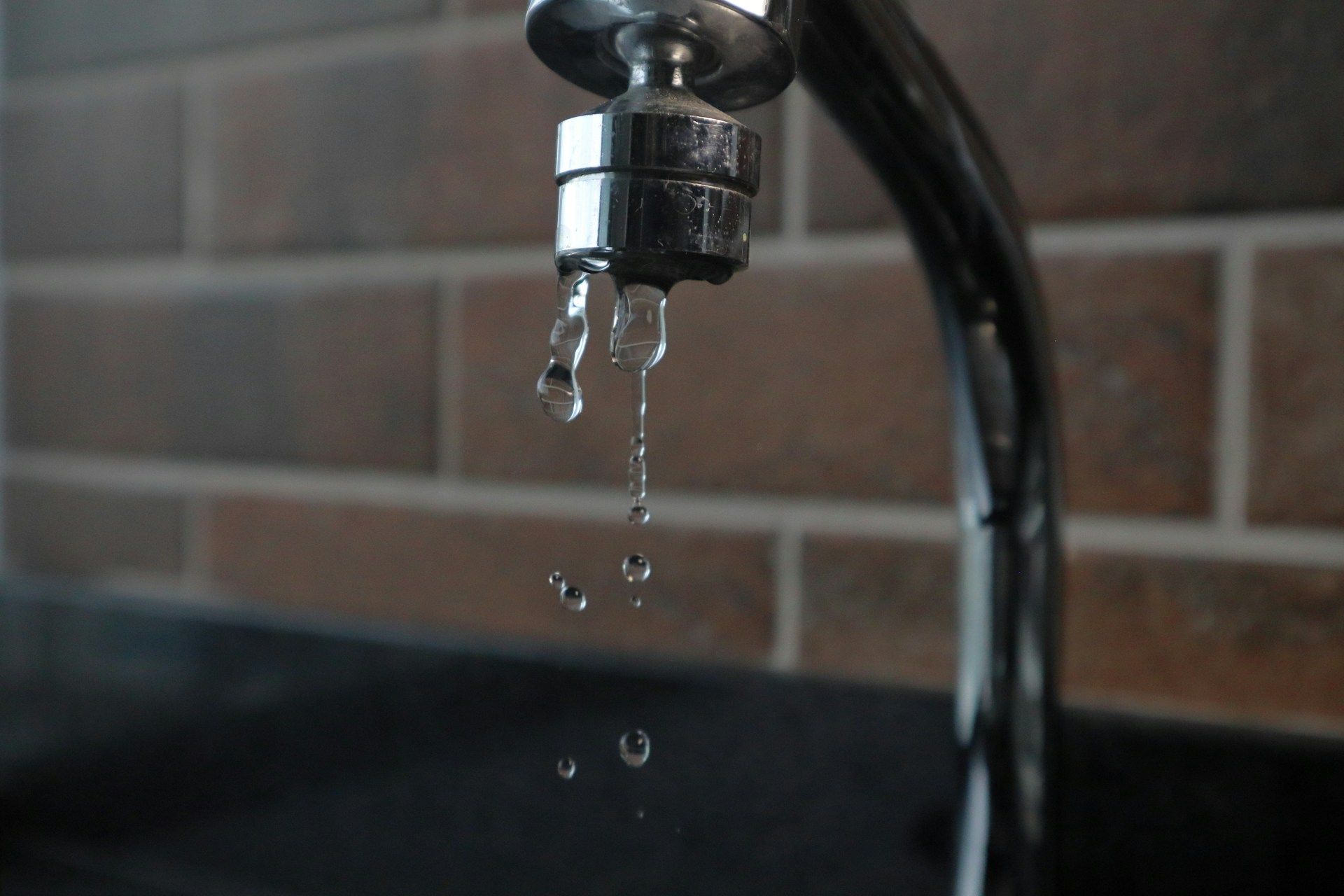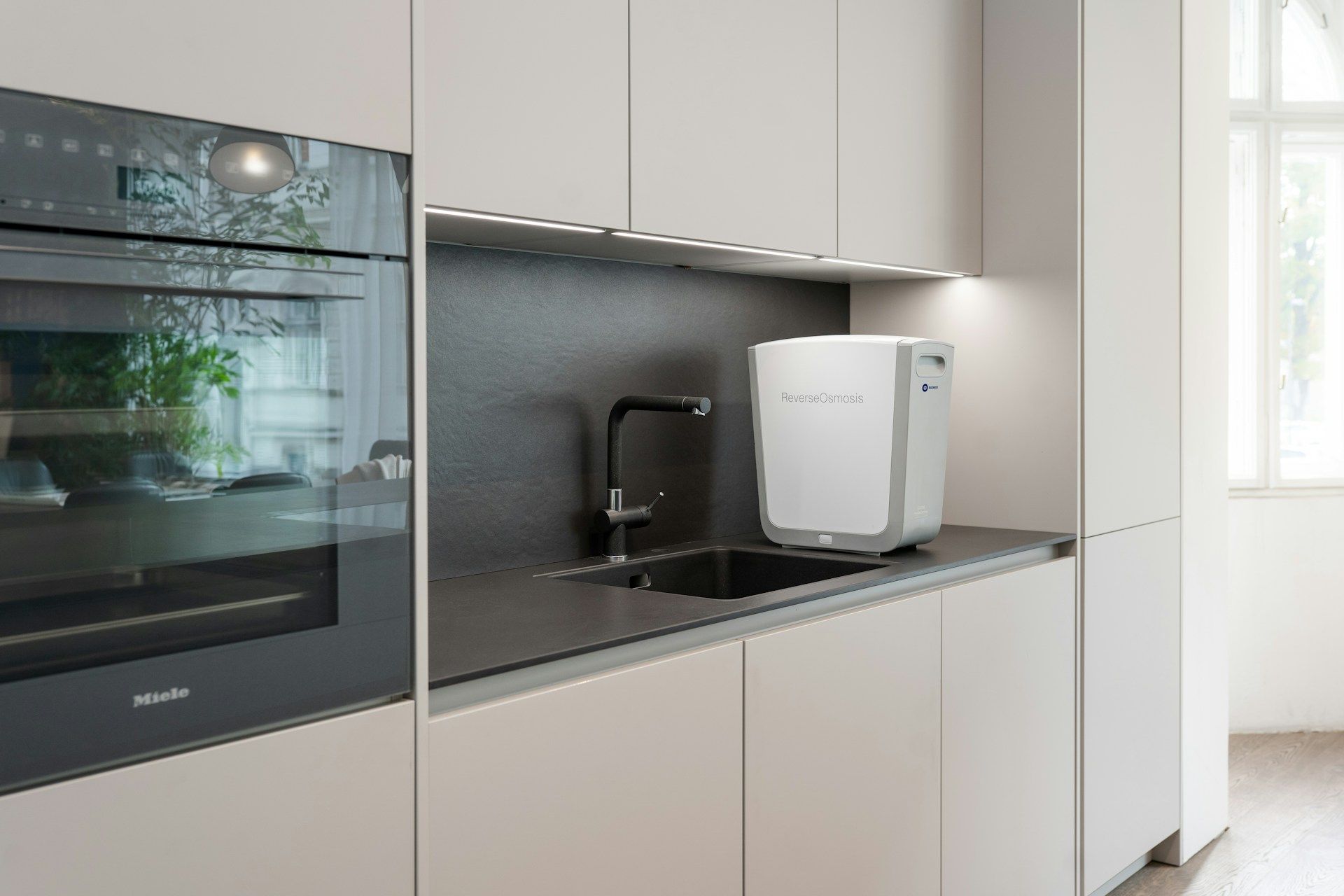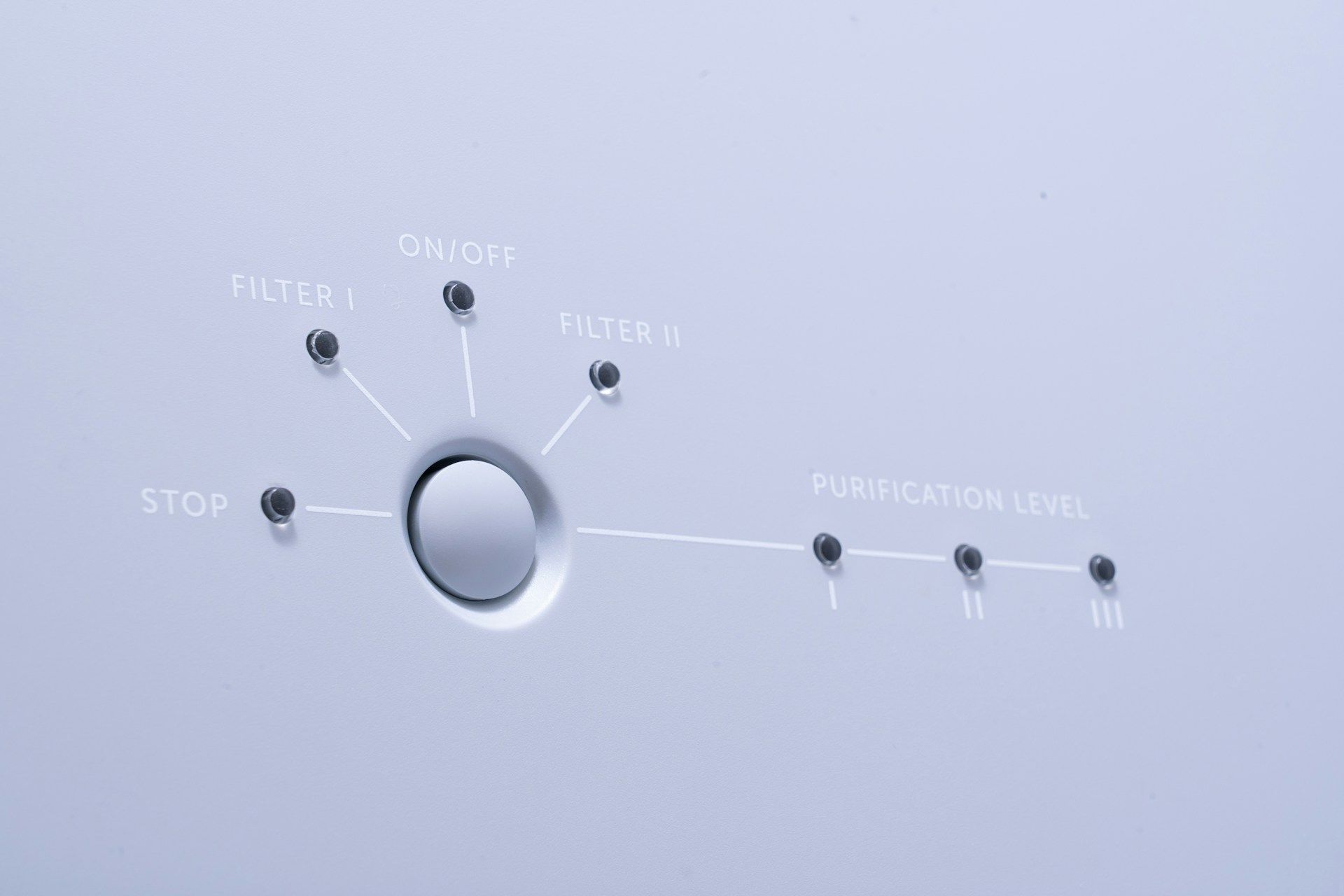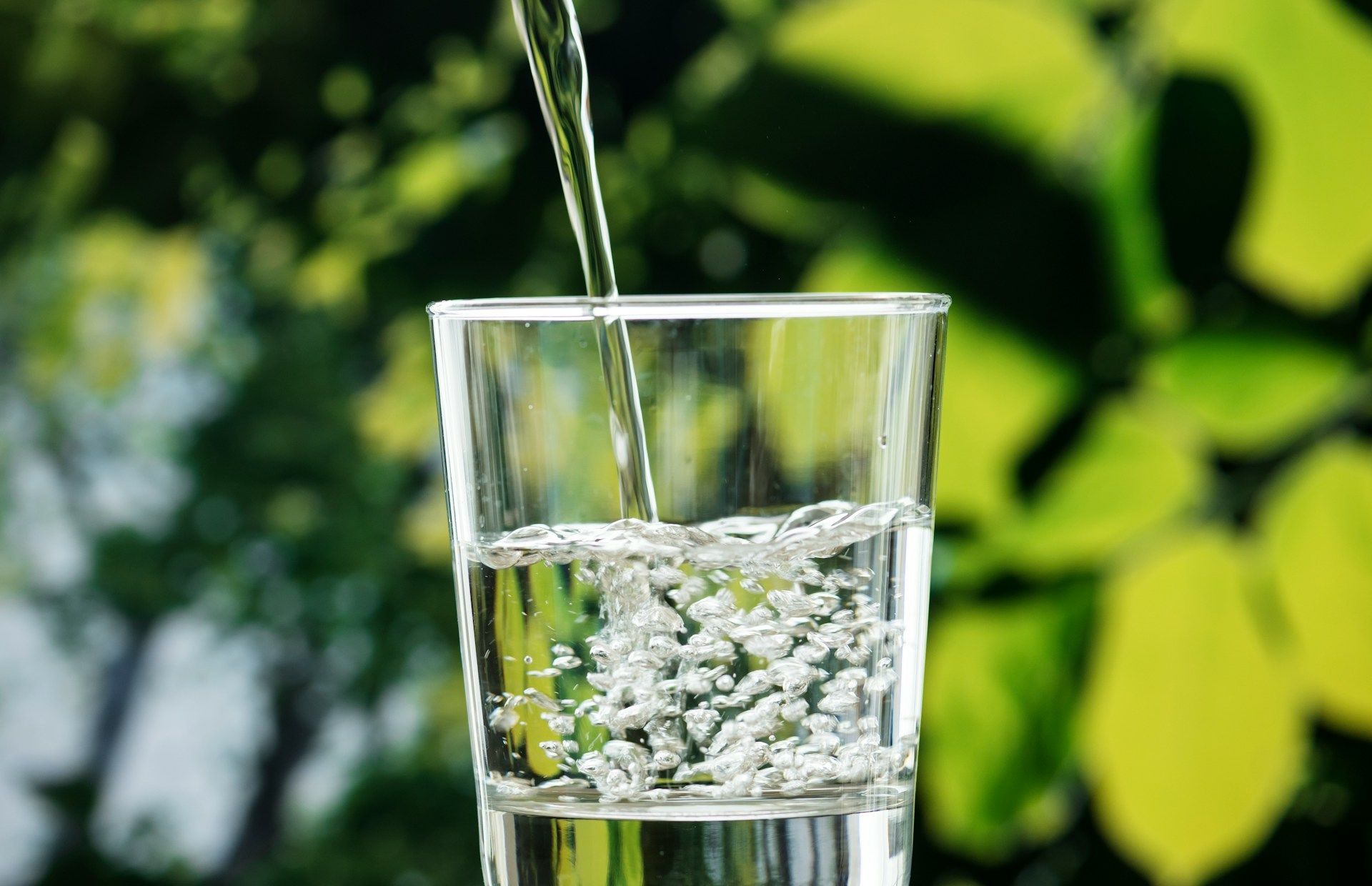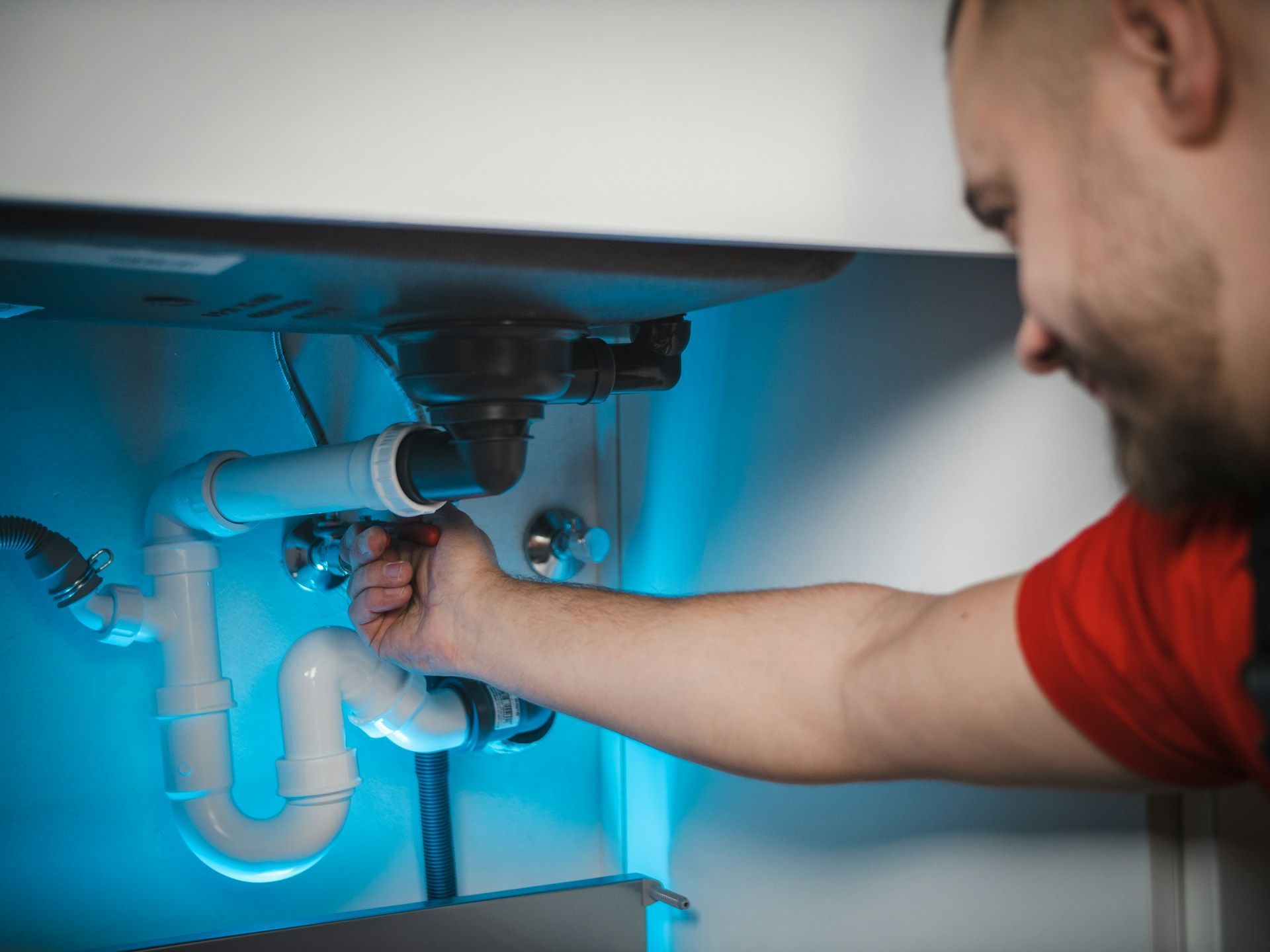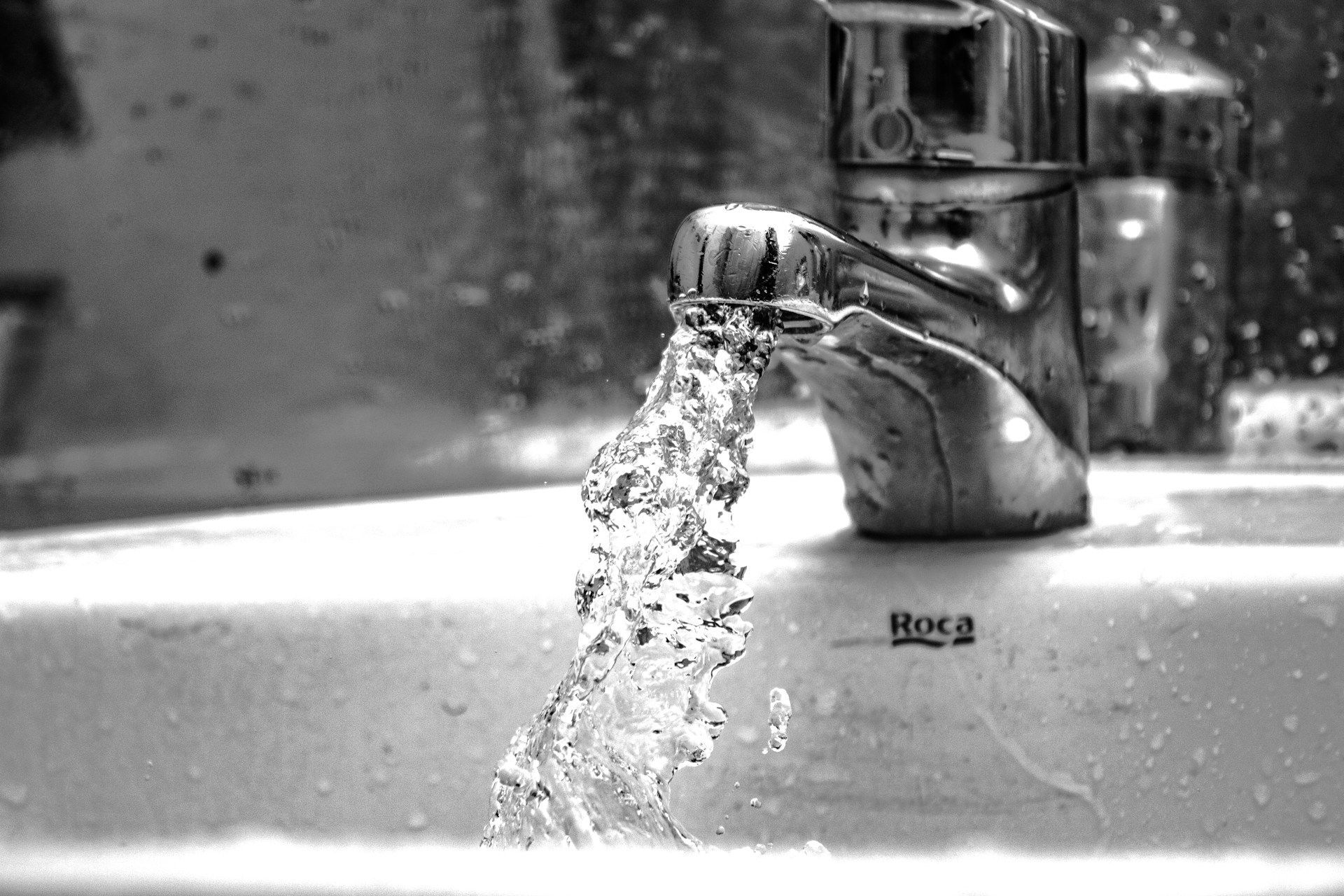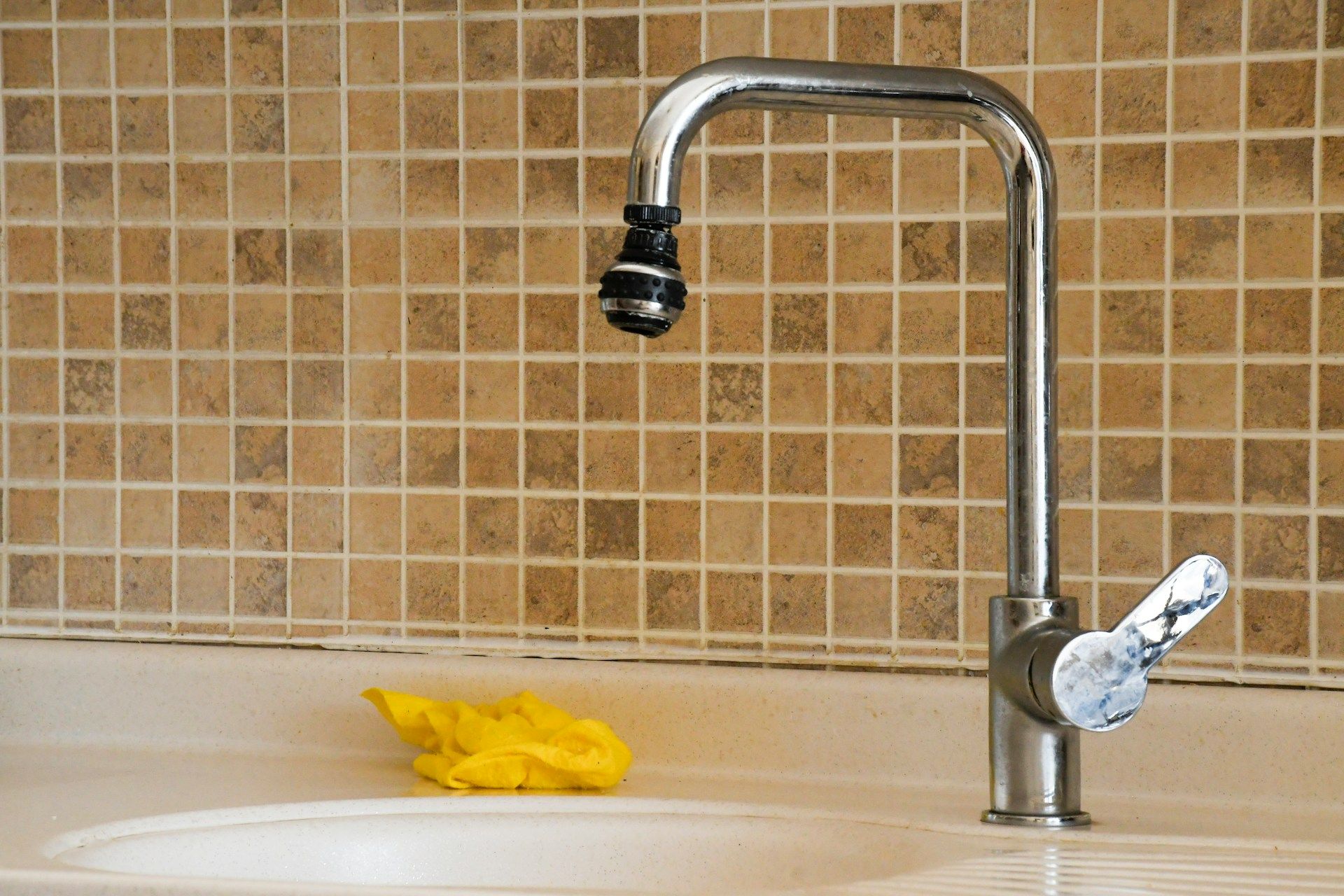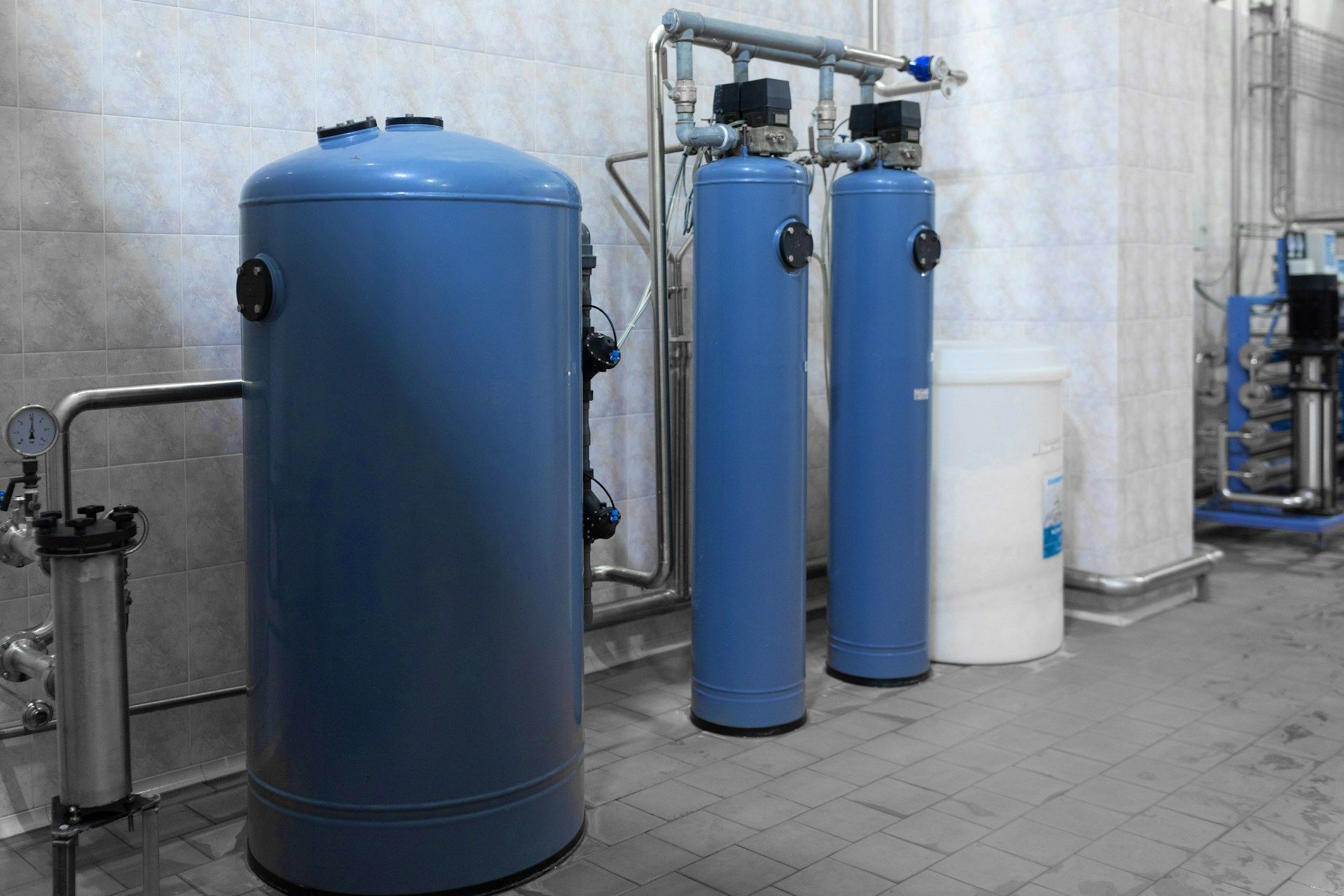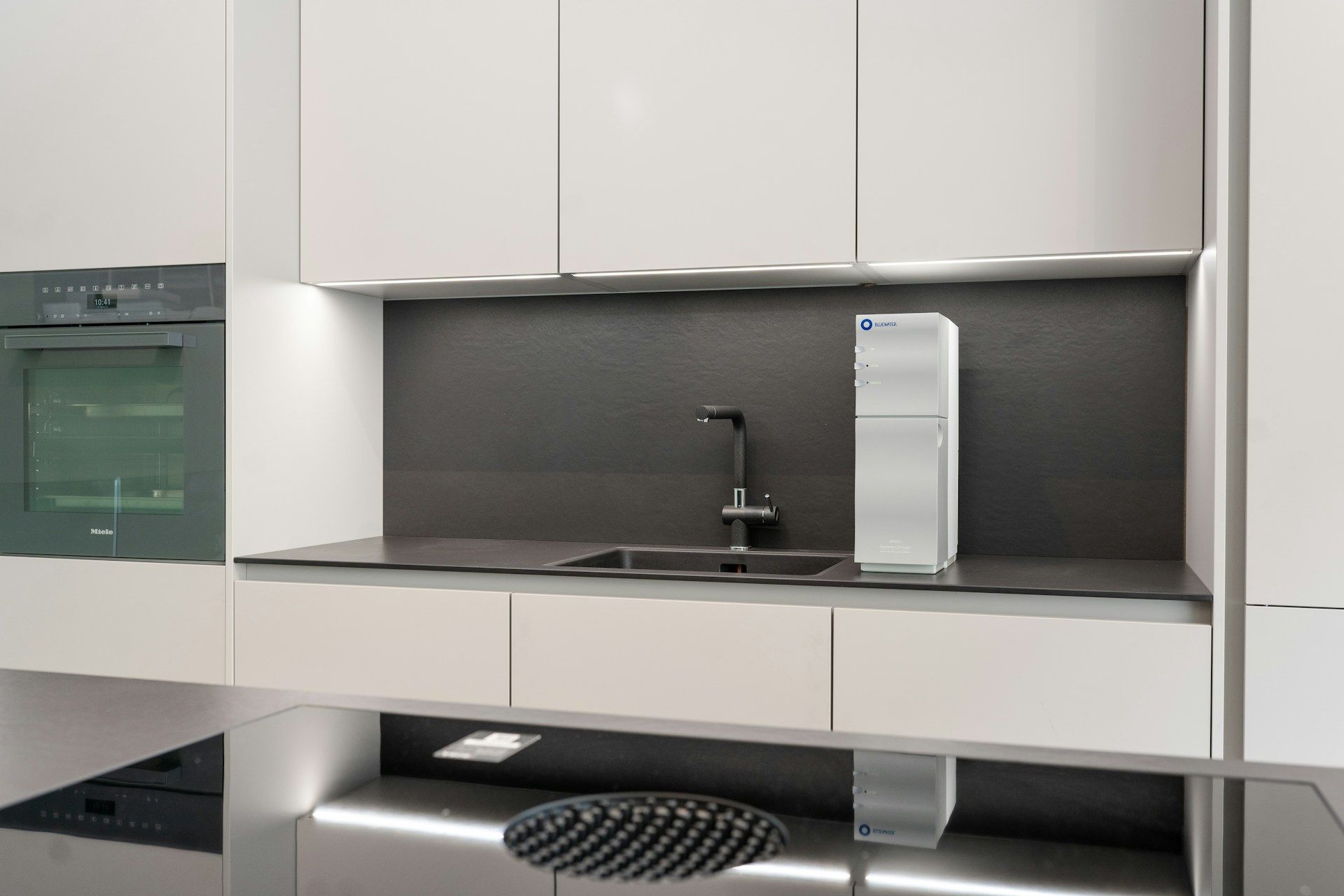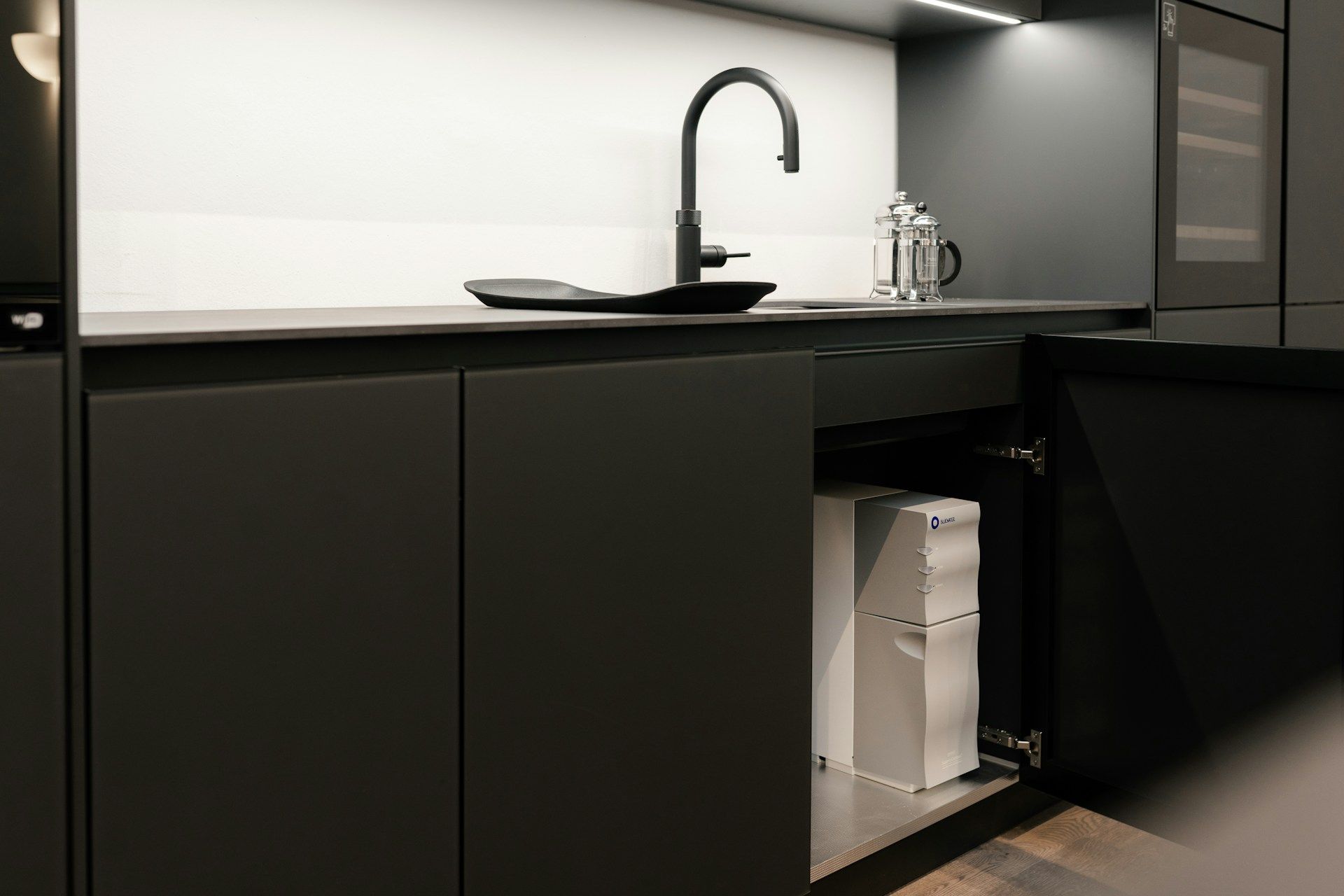Why Water Softeners Stop Working in Utah's Cold Months
Winter in Utah can hit hard. If you’re living in Salt Lake City or nearby areas, you’ve probably seen how fast the temperature drops once October rolls in. Those changes don’t just mean snow on the driveway or freezing mornings. They can also mess with the systems we rely on every day, like our water softeners.
A water softener Salt Lake City, Utah, homeowner depends on might work great in the summer. But once the cold settles in, things can start to shift. Flow slows down, salt doesn't dissolve right, or the system skips cycles without warning. These issues don’t come out of nowhere. They’re often tied to how winter affects your water system. Knowing why this happens and what to keep an eye on can save a lot of trouble during the coldest months.
Common Cold Weather Impacts on Water Softeners
We’ve seen it happen plenty of times. A sharp drop in temperature and suddenly a water softener isn’t doing its job. Sometimes it’s because the water lines feeding the softener get too cold. If those pipes run through a garage or crawlspace without good insulation, they can freeze or slow way down, cutting off the flow needed for the softener to operate properly.
Salt inside the system reacts to cold, too. When humidity drops during Utah’s dry winters, the salt tends to clump together. This is what we call a salt bridge, and it keeps the brine tank from mixing the right way. So even though your softener might look like it has plenty of salt, it’s not actually working like it should.
Another problem we often run into is setups that just aren't made for cold weather. Softener tanks installed outside or too close to a concrete wall get colder faster and stay cold longer. When that happens, the valves can seize, internal parts are stressed, and regeneration can get thrown off-track.
Why Salt Build-Up Gets Worse in the Winter
Salt behaves differently in cold weather. If your softener sits in a cold garage or basement, the salt doesn't dissolve like it normally would. The colder it gets, the more likely it is your salt will harden into blocks. That means water isn’t mixing with the salt the way it’s supposed to, so your softener can’t do its job.
Winter also ramps up the pressure on your system. Most families use more water when it’s cold out. Extra showers, longer dishwashing cycles, or heating systems that depend on water all mean your softener is working harder without getting the support it needs.
On top of that, regular checks get skipped more often during the cold months. It's easy to forget about things like brine levels or checking for salt clumps when the system is hidden away behind a wall or in an out-of-sight corner. That gap in maintenance allows minor problems to get worse without anyone noticing.
How Regional Conditions Make a Difference
Salt Lake City isn’t known for mild winters. We get everything from mild October afternoons to brutal freezes by November. That swing in temperature, especially early in the season, can be hard on any exposed water system.
Every house handles weather differently. If your home sits on the north-facing side of a hill or sits higher up in the mountains, the cold hits harder and lingers longer. That can make temperatures near your water softener drop to levels it’s not built to handle day after day.
Even construction style plays a role. Older homes might not have as much insulation between the water softener and outside walls. That could mean a softener sitting right next to a surface that freezes overnight. These aren’t things you always think about when the system is working fine in September, but they start to matter fast when winter shows up early.
Water Science works with Utah-specific systems that can be installed indoors or in protected utility rooms to help limit cold-weather impacts. They can also inspect and service existing softeners for signs of temperature stress or salt bridging before the worst winter days hit.
Warning Signs Your Water Softener Isn’t Working Right
If your water starts feeling different in the winter, the softener might be part of the problem. Dry skin from showers, scratchy laundry, or dishes that don’t rinse clean are the everyday clues that the system is slipping.
Soap that won’t foam or water that takes extra heat to feel warm are other signs something’s off. It's easy to chalk up some of these to just winter, but they can point to issues with the softener not treating the water fully anymore.
Pay attention to your softener’s salt tank too. If the salt level isn’t dropping at all or looks crusted over even after weeks of use, there might be a salt bridge. That’s a solid chunk of salt sitting above water that isn’t absorbing properly, so regeneration doesn’t happen the way it should.
Keeping Your System Strong Through the Cold Months
The best way to keep things running right is to stay ahead of the weather. For homes using a water softener Salt Lake City winter can bring problems earlier than expected. That makes preparation in October pretty important.
Start by checking any pipes or tanks exposed to cold air. Add insulation where you can, especially around joints or bends where freezing tends to start. It doesn’t take much to protect those areas and help keep water moving smoothly.
Next, take a look inside the brine tank. Salt shouldn’t be stuck together in one clump, and there should be enough water covering it to make a brine mix. If the tank is totally dry or filled too high with rock-hard salt, it might be time to break it up and let it reset.
Scheduling maintenance during the fall is a good habit to build. Systems aren’t always as self-sufficient as we’d like, and cold months highlight any small weaknesses. A quick look at the system before temps drop can catch issues and keep water quality from slipping during heavy-use months.
Better Water Through the Snowy Season
Utah winters aren’t easy on water systems. From early freezes to dry indoor air affecting how salt behaves, the season works against softeners in a lot of ways.
The more we stay aware of how cold affects parts of the house and when those issues start showing up, the better our water systems can keep up. Helping the softener perform well isn’t complicated, but it does depend on catching signs early and staying one step ahead of the cold. When the season shifts fast like it does across Park City and Salt Lake City, that extra bit of care goes a long way.
Don't let the harsh Utah winter leave your water softener struggling to do its job. Protect your home's water quality with our reliable solutions designed specifically for the challenges of the season. Turn to Water Science for expert guidance and consider a
water softener installation in Salt Lake County to ensure your household's water needs are met all year round. Stay ahead of the freeze and enjoy softer water effortlessly through the cold months.

